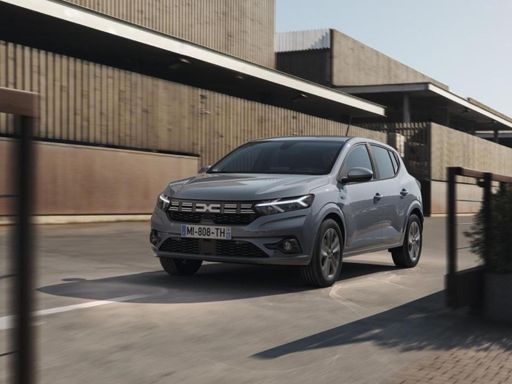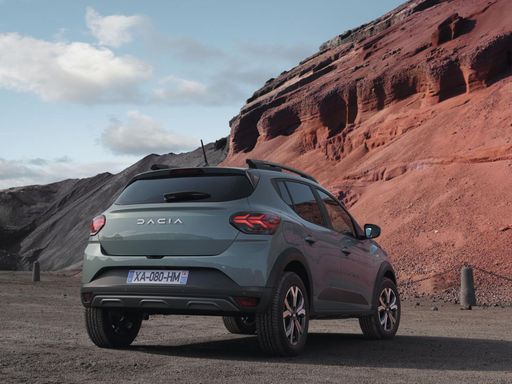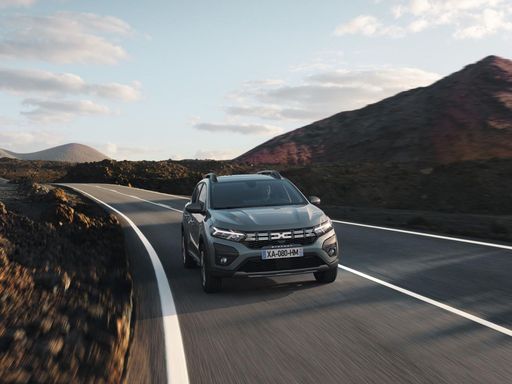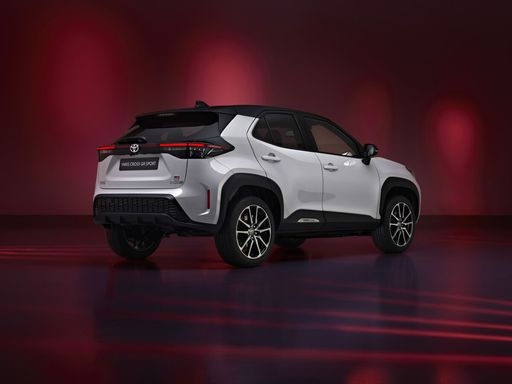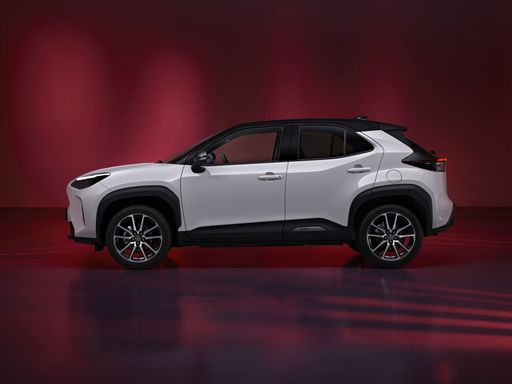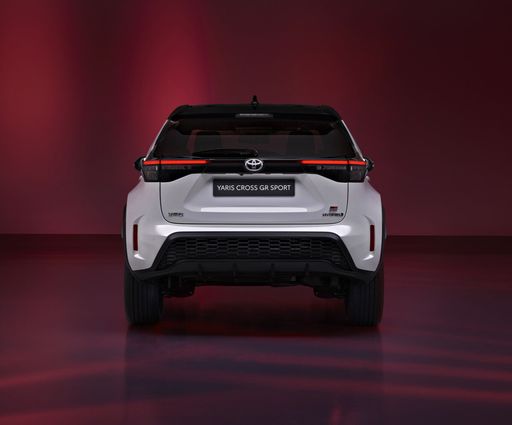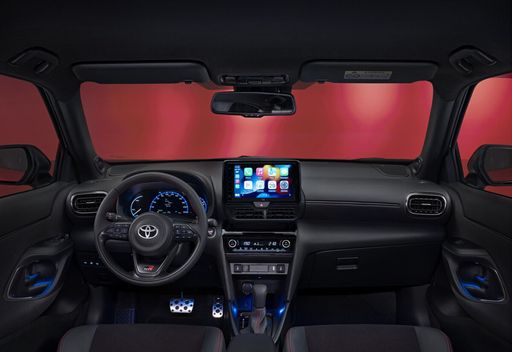Urban Mobility Redefined: Dacia Sandero vs. Toyota Yaris Cross
The Dacia Sandero and Toyota Yaris Cross represent two distinct approaches to urban transportation, offering unique experiences and features tailored to varying driver preferences. As these models roll into 2024, they bring with them innovations and specifications that demand attention in the competitive segment of compact vehicles.

